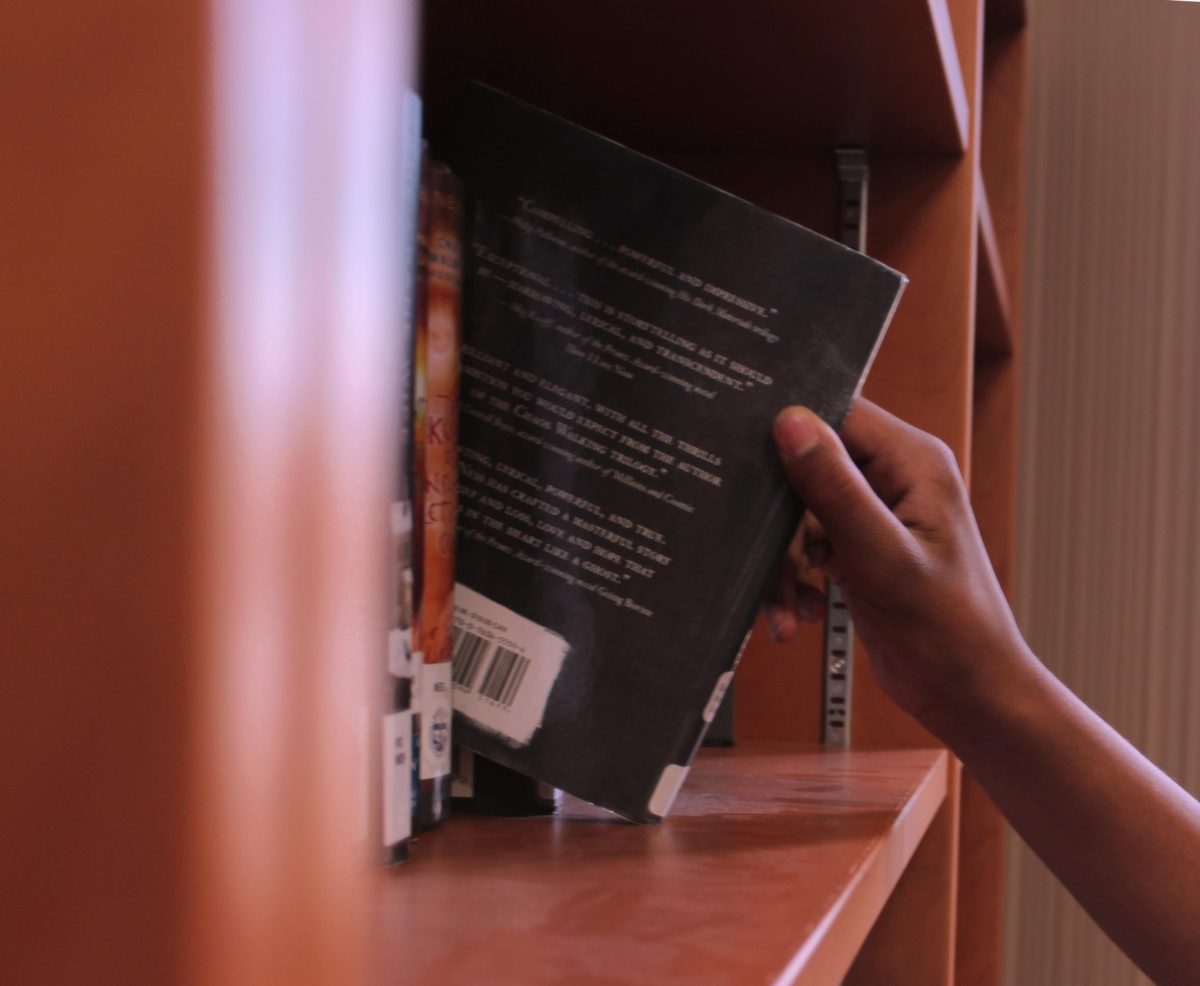I enjoy GoodReads’s little “Your Year in Books” widget they roll out at the end of every year, but my favorite thing to look back on at the close of a year (or more accurately, the beginning of every new one) is how many 5-star books I read. That was only four in 2015. In 2016, I handed out only five. I was a little luckier (or maybe a little more generous?) in 2017 and handed out eight. Seven if you don’t count a re-read of one of my favorite childhood books.
This year I’m splitting the nonfiction and the novels into two different posts. Part of it is because I have slightly different criteria for 5-star reviews in fiction and nonfiction, and part of it is because I read enough 5-star books this year that a single post dedicated to all of them would border on unwieldy. This first installment covers the best nonfiction I read in 2017.
Politics and Social Justice
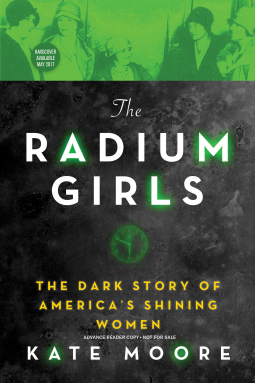
The Radium Girls: The Dark Story of America’s Shining Women, Kate Moore. I had already known about the radium dial-painting disaster as a footnote in the history of radium and nuclear science, so I was glad to see the topic get its own full treatment. The radium dial companies’ continuing priority of profits over worker health, and their subsequent refusal to accept blame for so much suffering and to make it right, remains relevant today, nearly 100 years later. Moore’s research is exhaustive, which can sometimes make for overwhelming reading, but it all deserves to be chronicled.*
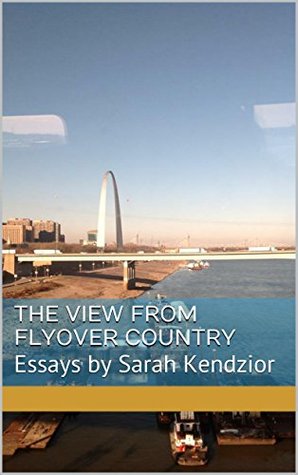
The View From Flyover Country: Essays by Sarah Kendzior, Sarah Kendzior. I enjoy her writing for De Correspondent, so I bought an ecopy of this essay collection (predating the 2016 election) to have as subway reading.
Memoirs
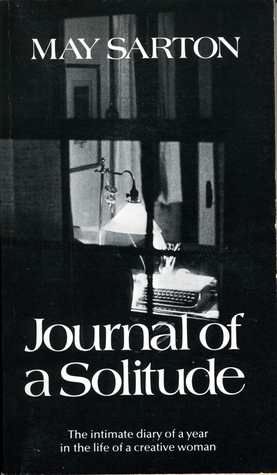
Journal of a Solitude, May Sarton. Walden was one of my favorite books I read in high school, and one that deeply influenced me. With the account of Thoreau’s stay in the woods fresh in my mind, I picked up this up at a library sale years ago. But much as I wanted to read it, I somehow dropped off after a few pages every time I attempted until I read it during my trip to the US this summer. Maybe it was a question of needing enough time to get into it; maybe it was a question of age or life path. But I’m so glad I hung on to this book through countless library down sizes.
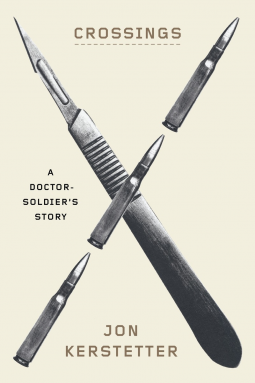
Crossings: A Doctor-Solider’s Story, Jon Kerstetter. Kerstetter’s account of growing up on, then off, then on an Oneida reservation to become a doctor and then a medic in the US army until he suffered a stroke (an aspect of his life curiously absent from the subtitle or marketing text) is gripping and sometimes heart-rending reading.*
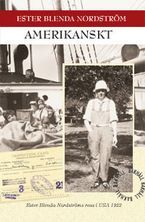
Amerikanskt, Ester Blenda Nordström. Much like America Day by Day, I found this account of Nordström’s travels throughout the United States in the 1920s fascinating, both as a snapshot of an America long gone by and also as the perspective of an outsider and first-time visitor.
Part 2, featuring the best novels I read last year, coming later this week!
*indicates ebook copies I received free of charge from NetGalley in exchange for a review; reviews were already posted elsewhere and I genuinely loved these books.

